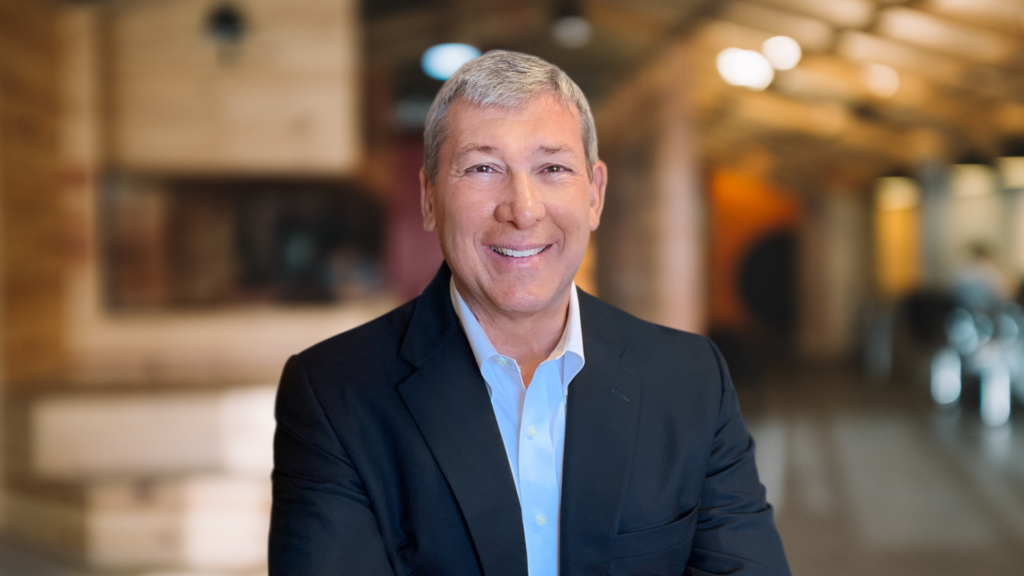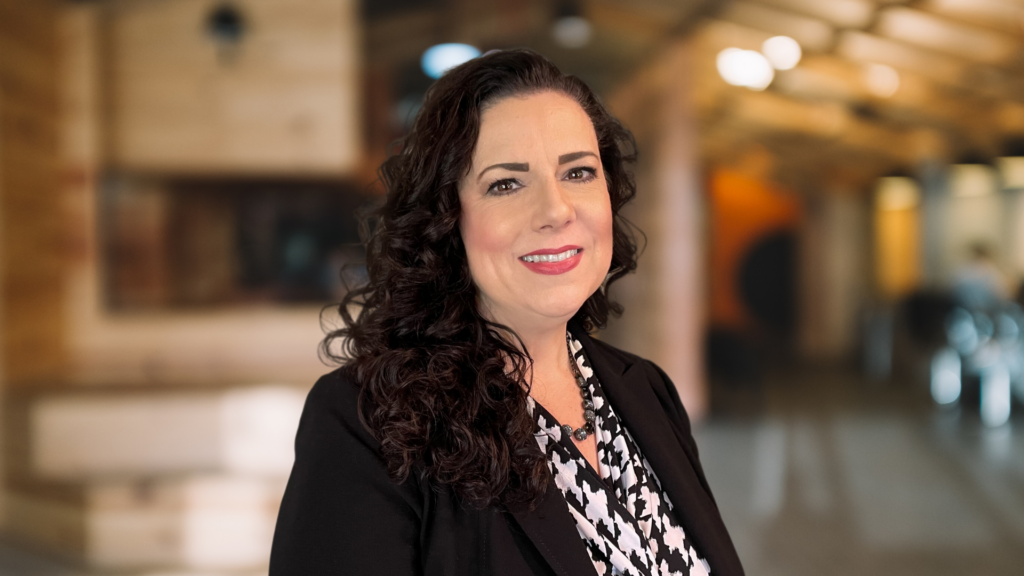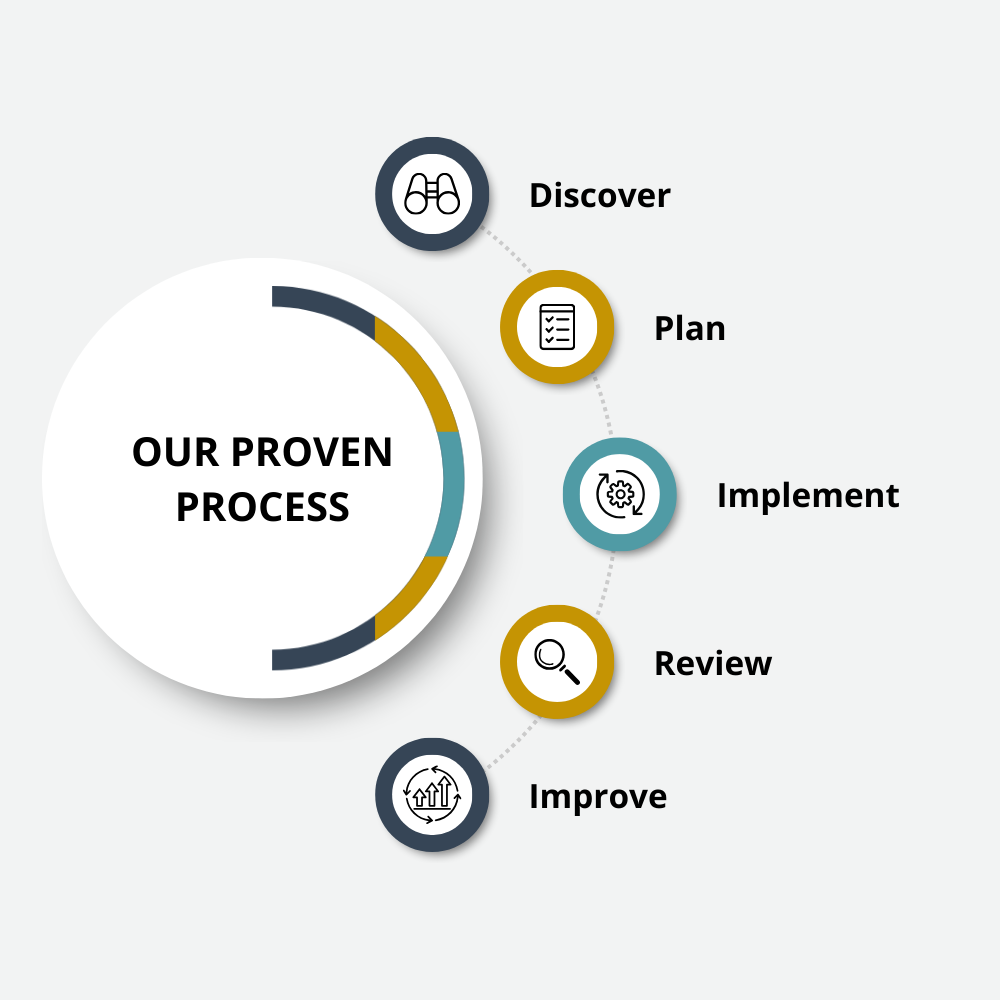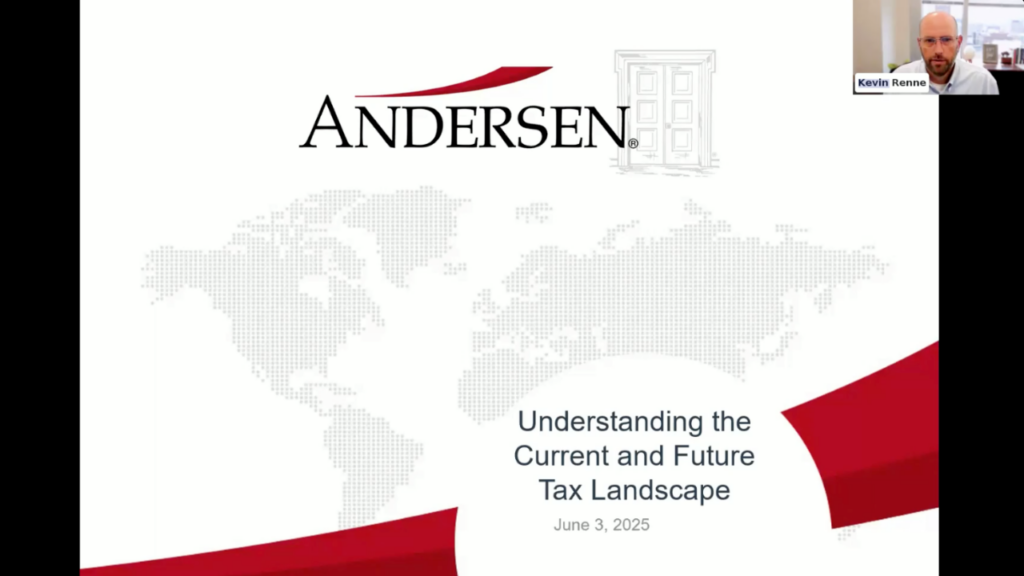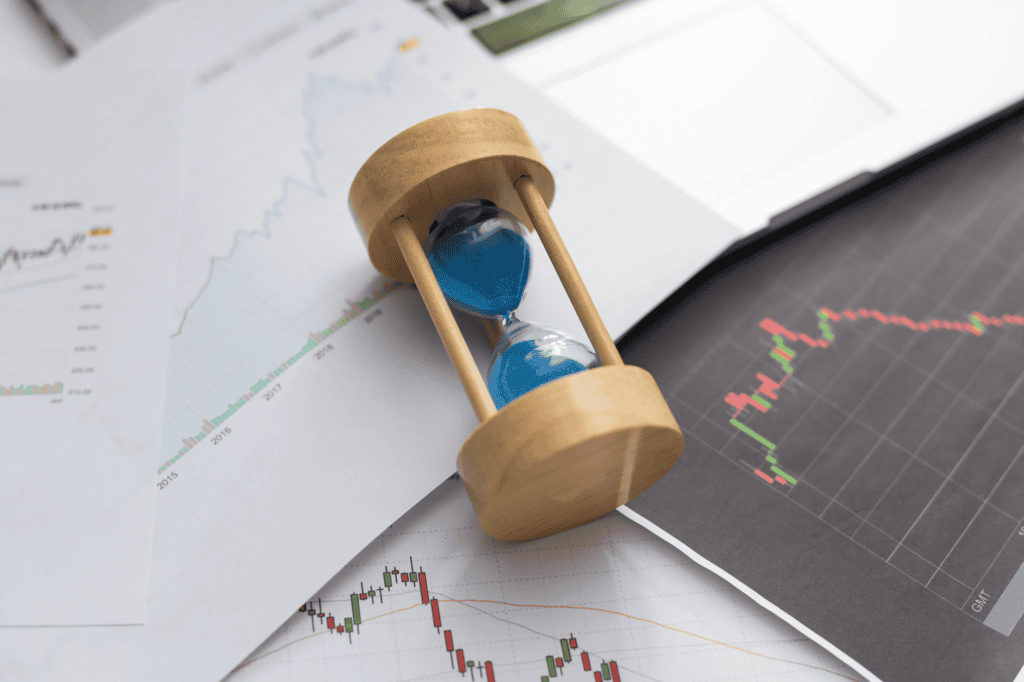A friend of ours tells the story of two farmers having a conversation. One of them asked the other how his cotton crop was doing, and the farmer replied, “I didn’t plant cotton this year; I’m worried about the boll weevils.” “Well,” the neighbor replied, “then I guess you’re about ready to start harvesting wheat.” “No, I didn’t plant wheat, either,” the farmer said. “I’m worried about the army worms.” A bit confused, the neighbor said, “Surely you’ve got your corn planted?” “Nope,” the farmer said, “because I’m worried about a drought.” Completely flummoxed, the neighbor said, “Aren’t you going to make a crop of any kind, then?” The farmer said, “No, this year I decided to just play it safe.”
The moral of this little story is perhaps obvious: For many aspects of life, deciding to do nothing can be the most dangerous decision of all. And yet, for so many individuals, the decision to take control of their finances and investments falls victim to the impulse to “just play it safe,” which often translates as either inaction or the maintenance of an unprofitable status quo. Most often, this indecision or lack of action stems from either fear or lack of knowledge: “The markets are risky, and I don’t want to lose my money”; “I don’t understand all that financial jargon”; “I don’t trust investment salespeople.”
What Is Risk?
In a previous article, we discussed some of the aspects of risk in the financial markets. The fact is, there is no such thing as a completely risk-free investment. If you think there is any investment out there that contains a zero percent element of risk, then you probably don’t understand the investment. Sure, you can park your money in a federally insured certificate of deposit earning a stated rate of interest, and your risk of not getting your money back at maturity, plus the stated rate of interest, is very low. But do you know how inflation risk is affecting the value of your funds while they’re sitting in that CD? Do you know how the global economy is affecting the relative purchasing power of your dollars, even as they’re earning interest? Every investment has risk. The key is matching those risks with your expectations for the return you need from your investments.
In our article, we mentioned some key things to remember about risk. First of all, risk in the financial markets is asymmetrical; that is, there is a limit to how much you can lose (an investment can’t go below zero in value) but no theoretical limit to how much you can gain. The second important point is that each investor can control the amount of risk they are willing to accept.
It’s also important to remember that risk is only one side of the investing coin; reward is the other. These two factors are closely related to each other; reward is the investor’s incentive to accept a certain amount of risk. Conversely, if there were no risk, there would be no reward.
Volatility
If you listen to most investors long enough, you are likely to find that what they fear most is not risk, per se, but rather the volatility that comes with investing in the financial markets. Volatility is the tendency of asset prices to rise or fall dramatically in a short period of time, typically in response to an unexpected economic or geopolitical event. Memorable examples might include the onset of the Great Recession in 2008, or the worldwide pandemic in 2020, or even the recent outbreak of hostilities between Israel and Iran. In each of these cases, the financial markets reacted sharply. And when investors see the markets falling—taking the value of their assets with them—it can make for extreme discomfort.
But once again, market volatility is really nothing more than the process of buyers and sellers agreeing on the right tradeoff between risk and reward. When events occur, the price movement that occurs is a reflection of the literally millions of buying and selling decisions being made all around the world, based on the participants’ beliefs about how the events will affect the current value of the assets being traded. It’s also worth remembering that historically, the financial markets have not only recovered the ground lost during periods of negative volatility, but gone on to make new highs. That is why, over the last decades—through wars, pandemics, and economic downturns—the stock markets have averaged an annual return of close to 10%.
Market Pricing
In light of the potential for volatility and the perceived risk that goes with it, let’s think for a moment about how the financial markets “decide” what an asset is worth at any given moment. Here’s a useful analogy: if I set a jar of marbles on the counter and offer a prize for the person who can get closest to guessing the number of marbles in the jar, I might get a hundred or so guesses. One of those will be closest to the correct number. Several will be way off, either on the low side or the high side. But if I average all hundred guesses together, I will get a result that is far more likely to be close to the answer than any single guess.
The financial markets work in a similar way, but on a vastly larger and faster scale. As investments come to the markets, thousands of investors are making offers to buy, and thousands of others, at the same time, are making offers to sell. All of the buyers and sellers have access to the same information, and the collective result of all those buying and selling decisions is the market price of that investment.
Managing Risk through Diversification
So, if it is impossible for an individual to know whether a given asset will go up or down in value during a particular time, how do you know which ones to buy, and when to buy them? The answer is—you don’t. Fortunately, though, there’s a way to invest in a well-diversified basket of assets, both from the US and around the world, that doesn’t depend on picking the one “perfect” asset or doing it at the “right” time. By diversifying and spreading risk across various dimensions of the financial markets—both equities (stocks) and fixed income (bonds and other interest-bearing assets)—investors can put themselves in a position to capture the overall range of returns available at a given time. By matching their mix of assets to the amount of risk they are willing to accept and remaining committed to their strategy over time, many investors will be able to achieve their most important financial goals.
At JFS Wealth Advisors, we work with clients to build portfolios of diversified assets that are matched to each investor’s risk tolerance and financial goals. In doing this, we are working to manage risk at an acceptable level, while positioning clients to benefit from the long-term resilience of the markets. To learn more about our investment approach to creating individualized blueprints for financial planning, please visit our website.



